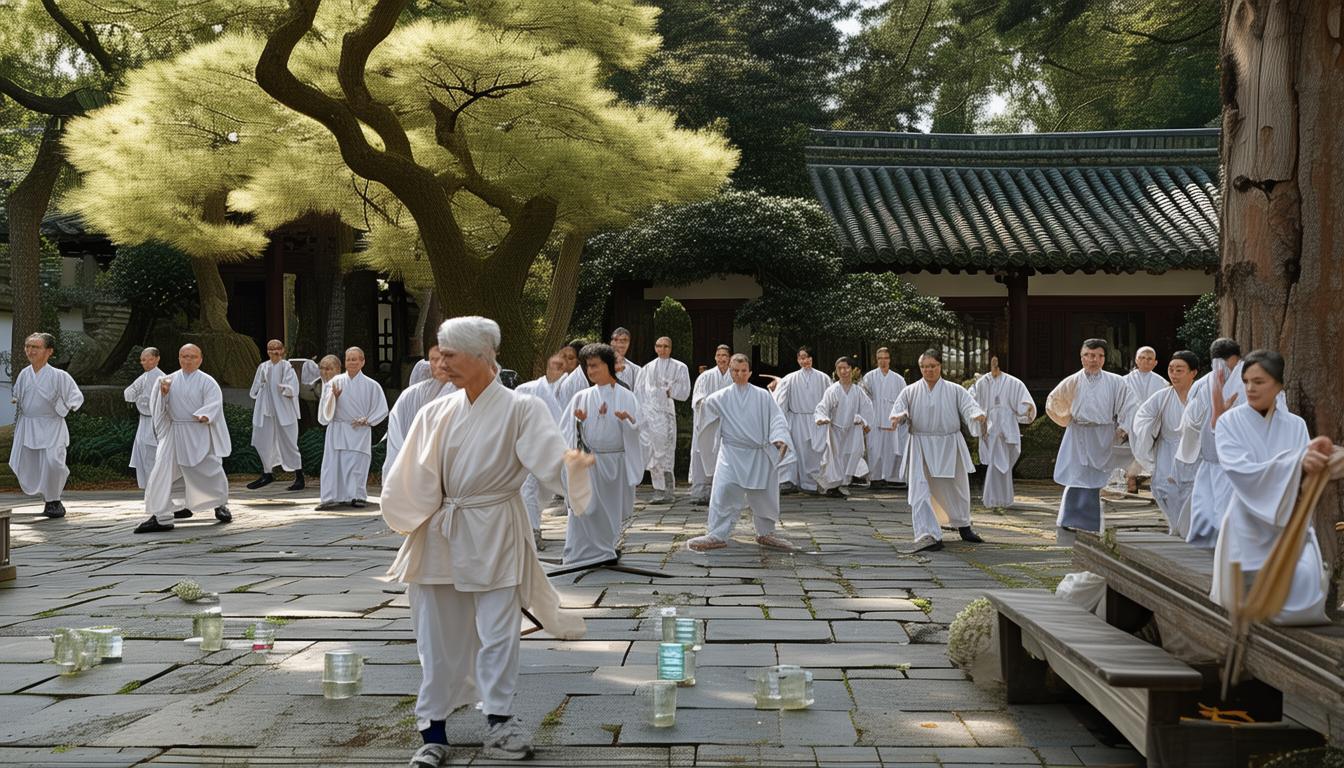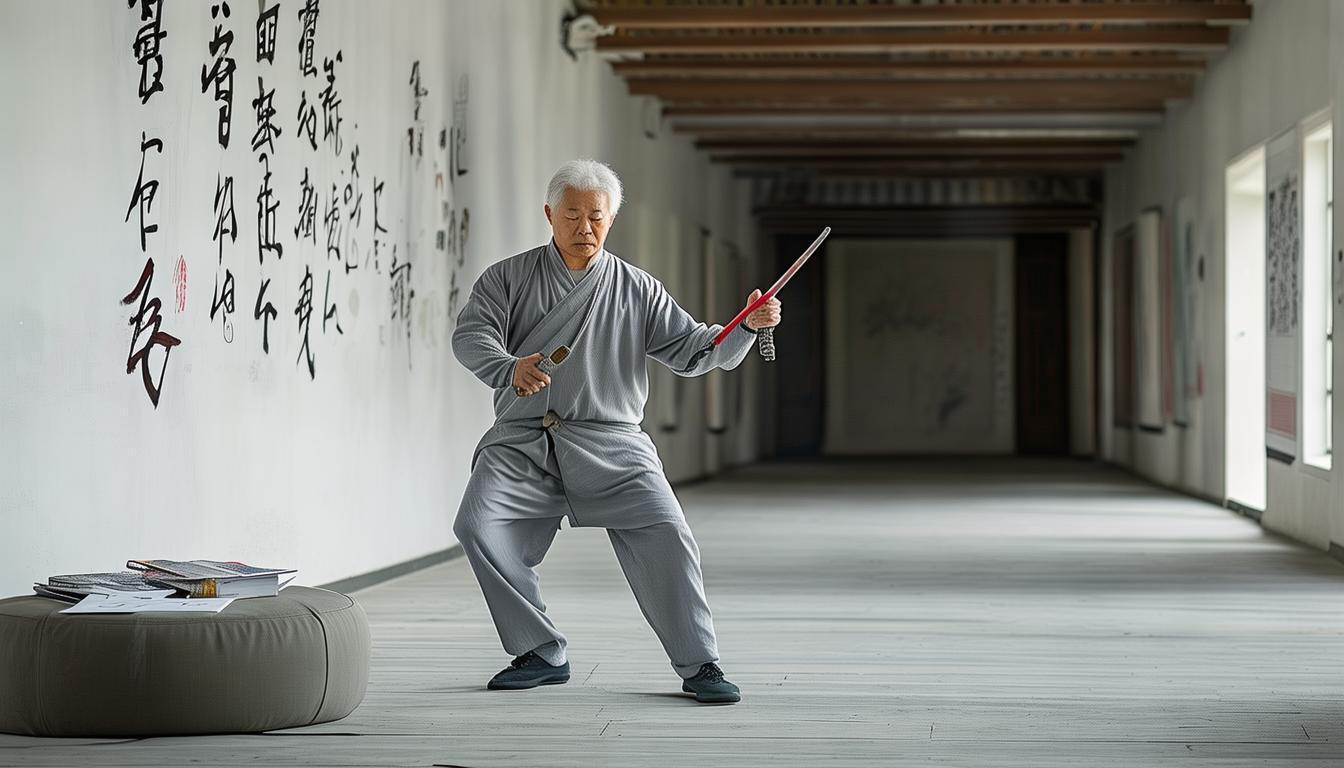Tai Chi is a classic project in Chinese martial arts. It combines philosophical concepts and physical exercise methods, which not only makes people stronger but also contains rich cultural significance. After practicing Tai Chi, many people not only have their bodies become better, but their hearts also find peace from their movements. Now let’s take a closer look at the differences between Tai Chi.
History origin
Tai Chi originated in the ancient times of China, and its origins can be traced back hundreds of years. Its formation was deeply influenced by Taoist concepts and traditional Chinese medicine theory, focusing on the law of unity of opposition and harmony between man and nature. The inheritance and innovation of martial artists throughout the ages has led to Tai Chi to produce many branches such as Chen, Yang, and Wu. Each branch has a unique style and connotation, and plays a key role in the Chinese martial arts system.
In the course of history, Tai Chi witnessed many things. When competing with folk martial arts, it showed its unique attraction, and it was also eye-catching in the confrontation of the martial arts conference. Tai Chi is not only a fighting method, but also a cultural continuation, which contains the talents and feelings of the Chinese nation.
Fitness effects
Practicing Tai Chi has many benefits for the body. It can improve the body's flexibility and coordination ability, and with the help of slow and coherent movements, the joints and muscles of the body can be well moved. Continuous practice can also enhance cardiopulmonary function, promote blood circulation, and improve the body's defense ability.

Many middle-aged and elderly people practice Tai Chi in their daily lives, which reduces pain in their waist and back and becomes stronger and stronger. This kind of exercise is like a silent health consultant, protecting everyone's physical health without saying a word and helping people find a healthy way to live in a fast-paced life.
Cultural connotation
Tai Chi contains many profound philosophical concepts, such as the concepts of unity of opposition, adaptation of movement and stillness, and firmness and softness. These concepts not only penetrate into martial arts moves, but also penetrate into all aspects of daily life. The practice of practicing Tai Chi is also a practice of cultivating sentiments, allowing people to learn to seek stability and coordination in life and deal with everything with a calm mind.
In every move of practicing Tai Chi, you can understand the exquisite understanding of the world and things of life and the world of ancestors. This skill tells us that when encountering challenges, we should combine flexibility and strength, and we should master the appropriate standards when dealing with matters. This is exactly what attracts Tai Chi thought.
Practice method
When beginners practice Tai Chi, they must first learn the correct posture and breathing skills. The body requires uprightness and stretching, and breathing needs to be deep and long and stable. You can start with basic moves and gradually improve them, and do not rush to do it. When practicing, pay attention to the consistency and rhythm of the movements, and carefully experience the transformation process of each movement.

It is also important to seek guidance from an experienced master. The master can point out your wrong posture immediately and help you avoid detours. You can also join some Tai Chi groups or participate in activities to share your experience with other practitioners and improve them together.
Social significance
Tai Chi is not only a solo activity, but also has a very social function. In community parks and squares, you can often see many people practicing Tai Chi together. Everyone communicates with each other and learns from each other to form a harmonious social group. Practicing Tai Chi has allowed many people to meet friends with common hobbies and deepen their friendship.
In many large-scale Tai Chi competitions or gatherings, many Tai Chi practitioners from all over the world gathered together to present the unique style of Tai Chi and exchange experiences with each other, which not only promoted the widespread spread of Tai Chi culture, but also allowed countless people to experience the pleasant experience of practicing Tai Chi.
Have you ever experienced the physical and mental transformation after practicing Tai Chi? You can talk about your experience in the message area, and please like and forward this article.



Leave a Reply